In session 4 we finally got around to my all time favorite movement exercise: move on exhale.
For more info on this exercise see my previous entry. It was clear this group benefited from the starting and stopping work last session, as their stillness and movement were precise from the very beginning. As always, the real magic happened when they began to work as a whole group moving simultaneously on the exhale. The focus was there and bold choices were being made by all. Even if they’re not moving at the same rate of sustain, in fact, especially if they aren’t moving at the same rate of sustain, the precision of the stillness and the sustain of movement just looks like magic.
The rhythmic motion and group breath filling the room (an undeniable sound of living beings) makes the performers appear to be taking part in some sort of ur ritual, a celebration of not only our bodies abilities to move, but our abilities to move as a method of deep connection with others. This room was on fire. The energy was palpable. And when I say palpable, I mean it, you could have cut a slice of the energy in the room and served it with ice cream. Forgive me if I sound a little zealous, but if this stuff didn’t move me deeply, you better believe I wouldn’t be doing it.
We began the readings with “A Lesson in Dead Language” and “A Rat’s Mass” by Adrienne Kennedy. Kennedy’s plays deal with the nightmares that arise when we try to reconcile all the irreconcilable forces at work on our identities. “A Lesson in Dead Language” shows a group of female pupils in bloody white dresses being taught by a woman with a large white dog’s head of their guilt in association with their bleeding, but their bleeding becomes confused with the bleeding of Caesar at the foot of Pompey’s statue. In “A Rat’s Mass” a brother and sister relive memories of an event so catastrophic to them they cannot make sense of it, they imagine living among the rats and fear Nazi attack.
Brother Rat: Kay within our room I see our dying baby, Nazis, screaming girls and cursing boys, empty swings, a dark sun. There are worms in the attic beams. (Stands) They scream and say we are damned. I see dying and gray cats walking. Rosemary is atop the slide. Exalted! (Kneels again.) Kay within our room I see a dying baby, Nazis, again they scream. (stands again.) and say we are damned. Within our once Capitol I see us dying. Rosemary is atop the slide exalted.
Sister Rat: We swore on Rosemary’s Holy Communion book.
Brother Rat: Did you tell? Does anyone know?
-Adrienne Kennedy, “A Rat’s Mass”
Kennedy’s plays are partially autobiographical, but contain distorted surreal images of her obsessions, ideas, and fears crashing together in a nightmare of confusion. Kennedy’s success as a female African American avant-garde playwright is nothing short of a miracle, considering she had all those things stacked against her when she began writing plays in the 60’s. I highly recommend her sublime autobiography People Who Led To My Plays. It is like a scrapbook, full of images, memories and impressions that have stuck with her all her life and from it one truly can see how she came to write difficult plays such as the ones we read today, but how that same life also lead to her success.
Our second reading was “The Brides” by Harry Kondoleon. In “The Brides” Kondoleon presents a scathing examination of fairy tale love and the disillusionment suffered by those who thought they were under its spell. The play is a collage of short, achingly beautiful vignettes, some lyrical, some in traditional narrative form, but none allowed to reach any kind of fulfillment. We learn the story of the bride and why she is to be pitied, we meet the two headed bride who is more often invited to parties, we meet the groom and find out how he stays so fit and good looking, and the devil makes an appearance to break the bitter truth to the bride by offering her a tailor’s dummy as a better alternative to her princely groom.
“Oh where am I!” says the vertigo of the bride, “This play is not about me at all. Every minute the prattle swims further away from the desert island of my tragedy, any minute I am to lose sight of myself and fall away from Medea or Clytemnestra or whoever I am supposed to be, my white dress striped red with the culprit’s blood, my hair frizzled electric with vengeance. What’s the aftermath of a great passion? What does a powder room look like with bloodied daggers strewn on the pink linoleum? Who carries the heroine in from her aria? What sleeping pill does she take when the deafening applause rings on decades after the one sold-out performance? How many brides in the imperial and non-imperial countries across the world are watching television tonight trying to forget everything before learning it? How many brides – or for that matter, grooms – imagine themselves years later going over the mismanagement of their lives like some kind of inventory where you discover the employees have been stealing for years?”
-Harry Kondoleon, The Brides
One of the most interesting things about Kondoleon’s script is that it does not designate in any way how the lines are to be broken up among performers or how the play is to be presented visually on the stage, leaving all of those decisions up to us. That’s ok by us, we’ve got a few ideas.
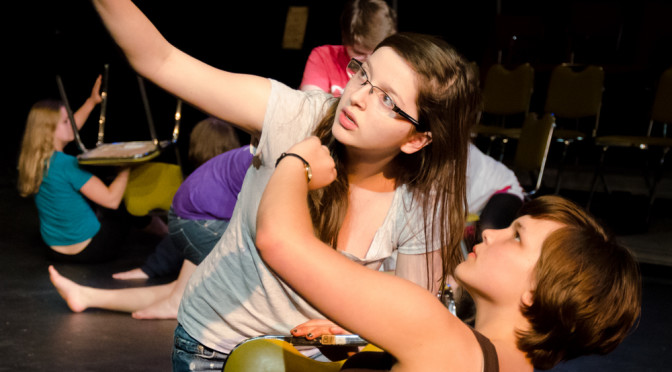
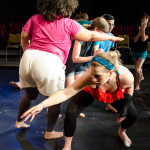
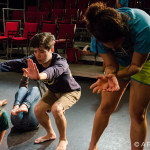
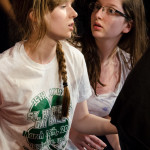
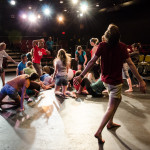
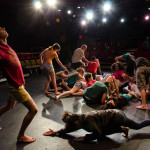
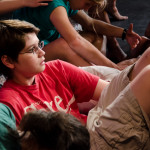
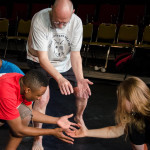
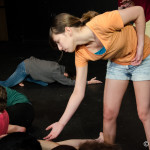
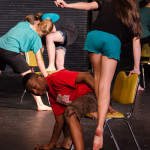
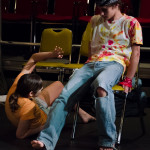
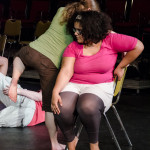
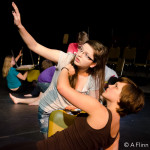
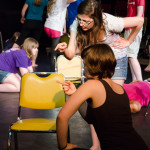
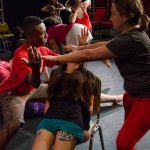
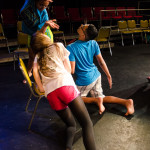
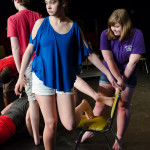
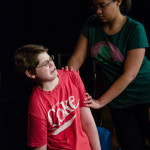
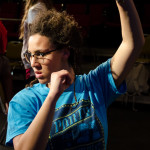
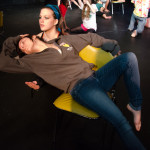
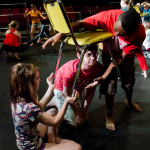
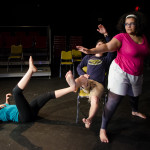
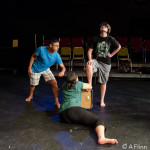
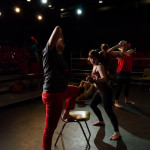
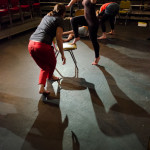
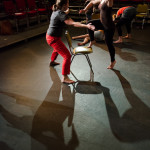
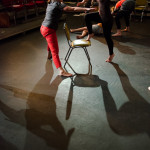
Leave a Reply
You must be logged in to post a comment.